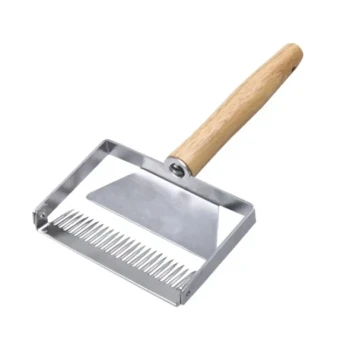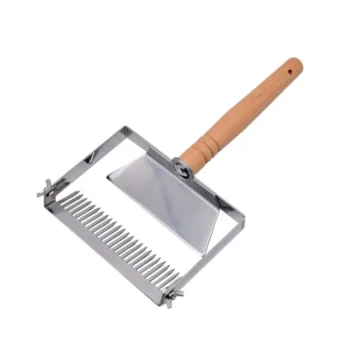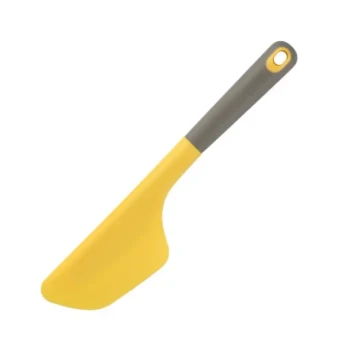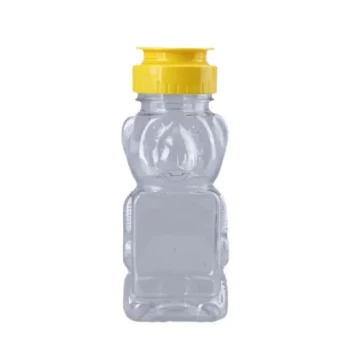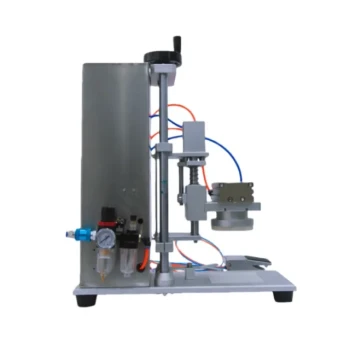The primary reason your honey frames are not capped is almost always because the honey is not yet "ripe." Bees are meticulous and will not seal a cell until they have reduced the nectar's water content to a stable level, typically around 18%. This deliberate process is a crucial quality control step to prevent the honey from fermenting once it's stored.
An uncapped honey frame is a signal from your bees. It indicates that the nectar's moisture content is still too high for long-term storage. Harvesting this "green" honey is risky, as it will likely ferment and spoil.
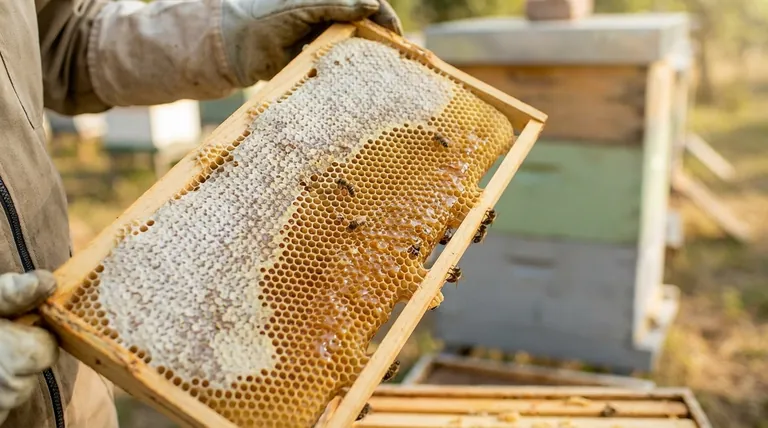
Why Bees Wait: The Science of Curing Honey
Understanding why bees leave honey uncapped requires looking at the transformation from nectar into honey. This is not a passive process; it's an active, resource-intensive job for the colony.
From Nectar to Honey
Nectar, as collected from flowers, is not honey. It is a sugary liquid with a very high water content, often ranging from 40% to 80%. Storing nectar in this state would lead to rapid spoilage.
The Dehydration Process
Worker bees actively "cure" the nectar. They pass it from bee to bee, adding enzymes, and repeatedly regurgitate it into cells. Simultaneously, other bees vigorously fan their wings at the hive entrance and over the combs to create airflow, which evaporates excess moisture.
The 18% Moisture Threshold
Bees will only cap a cell of honey when its moisture content drops to a stable level, generally between 17% and 18.6%. This threshold is critical because it makes the honey an inhospitable environment for the yeasts that cause fermentation. Capping the honey is the final step, signifying it is preserved for long-term use.
Common Causes for High Moisture & Slow Capping
If your frames remain uncapped for an extended period, it's usually due to one or more environmental or colony-related factors.
A Strong, Wet Nectar Flow
During a period of heavy nectar flow, especially from sources with naturally high water content, the bees can bring in nectar faster than they can process it. The hive becomes a busy processing plant, and capping simply lags behind collection.
High Ambient Humidity
Bees struggle to evaporate moisture from nectar when the surrounding air is already saturated with humidity. Extended periods of rainy or humid weather can significantly slow down or even halt the curing process.
Insufficient Colony Strength
A small or weak colony has fewer worker bees available for the fanning and processing required to dehydrate honey. They may be overwhelmed by the amount of nectar coming in, resulting in significant delays in capping.
Poor Hive Ventilation
A hive with poor ventilation can trap humid air inside, making it impossible for the bees to effectively dry the nectar. The internal hive humidity can remain high even if the outside air is dry.
Understanding the Trade-offs: The Risk of Harvesting Uncapped Honey
While it may be tempting to extract honey from uncapped frames, it is a significant gamble that often ends in failure.
The Fermentation Problem
Honey with a moisture content above 20% will almost certainly ferment. Wild yeasts present in the honey will begin to feed on the sugars, producing alcohol and carbon dioxide. This results in a frothy, bubbly mess with a sour, unpleasant taste. In some cases, the pressure can even burst the container.
The "Mostly Capped" Rule
Beekeepers have a rule of thumb for harvesting: a frame is generally considered ready when it is at least 80% capped. The small percentage of uncapped cells are assumed to be close enough to the correct moisture level and will be balanced by the properly cured honey in the capped cells.
Using a Refractometer
The only way to be certain of your honey's moisture content is to use a honey refractometer. This simple tool measures the water percentage in a small sample of honey, removing all guesswork. It is the professional standard for determining if honey is ready for harvest.
What to Do About Your Uncapped Frames
Your course of action should be guided by patience and an assessment of your colony's health and environment.
- If the frame is only partially filled: The answer is simple: leave it in the hive. The bees are still working and need more time and nectar to finish the job.
- If the frame is full but largely uncapped: The safest action is patience. Give the bees another one to two weeks. Check for progress, especially if the weather becomes warmer and drier.
- If you suspect poor ventilation: Improve airflow to help your bees. Consider adding a screened inner cover, using an upper entrance, or slightly propping the outer cover open to allow moist air to escape.
- If you must harvest a "wet" frame: This is not recommended, but if you do, the honey must be consumed immediately. For storage, you would need specialized equipment like a honey dehydrator to lower the moisture content to a safe level.
Trusting your bees' instinct is the surest path to high-quality, stable honey.
Summary Table:
| Reason for Uncapped Honey | Key Takeaway |
|---|---|
| Honey is Not Ripe | Moisture content is above 18%; bees are still curing it. |
| Strong Nectar Flow | Bees collect nectar faster than they can process and cap it. |
| High Humidity | Humid air slows the bees' natural dehydration process. |
| Weak Colony | Fewer worker bees are available for the fanning and curing work. |
| Poor Ventilation | Trapped humid air inside the hive prevents proper drying. |
Harvest with Confidence Using Professional-Grade Equipment
Are you a commercial apiary or beekeeping equipment distributor looking to improve your honey yield and quality? HONESTBEE supplies the durable, efficient beekeeping supplies and equipment you need to support strong, productive colonies. From hive components that improve ventilation to essential tools for harvest, our wholesale-focused operations are designed to meet the demands of your business.
Contact our team today to discuss your needs and discover how our products can help you achieve a more successful and profitable season.
Visual Guide
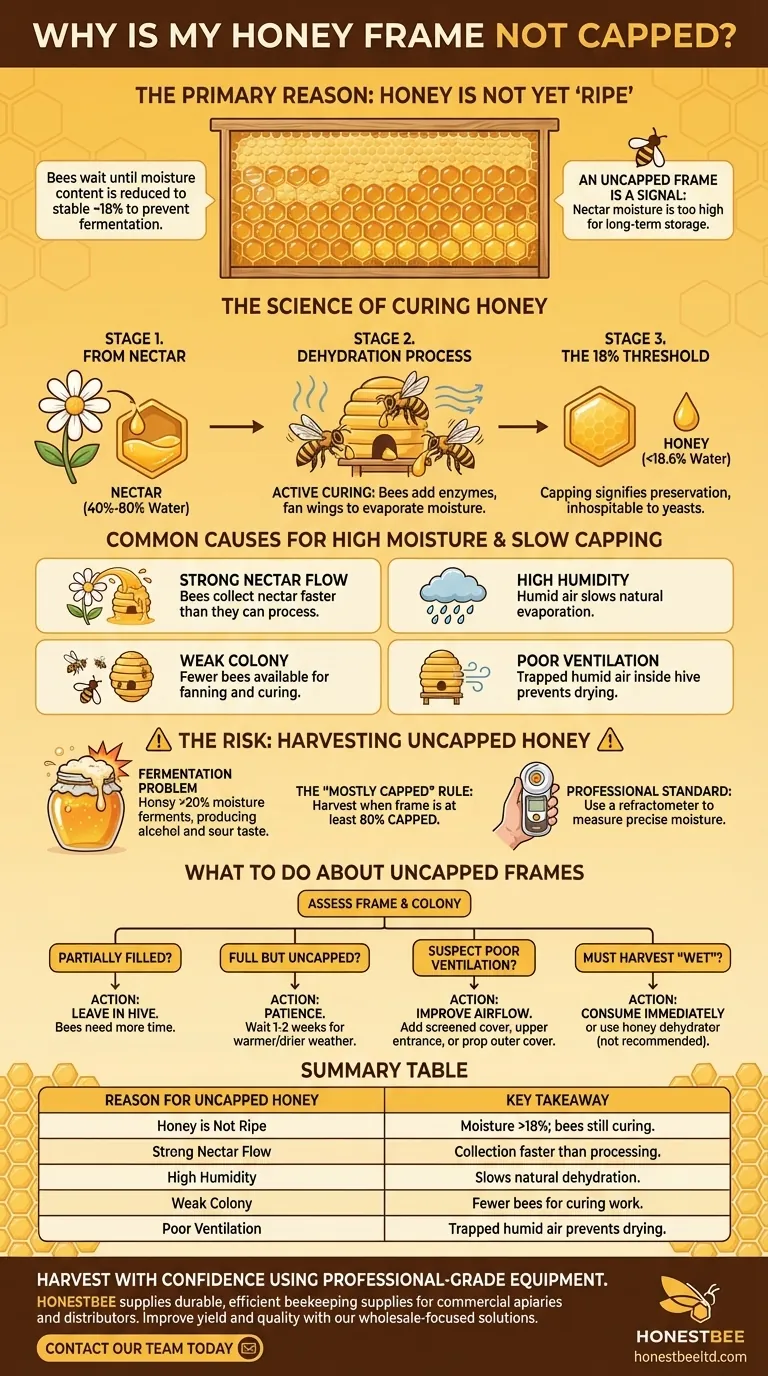
Related Products
- Professional Wide Blade Honey Scraper for Beekeeping and Honey Processing
- Extra Wide Stainless Steel Honey Uncapping Fork with Scraper Beekeeping Tool
- Wide Adjustable Stainless Steel Honey Uncapping Fork with Scraper
- Professional Long-Handled Silicone Honey Scraper for Beekeeping
- Honey Wax Separating Wax Press with Metal Screw Wax Separator Machine
People Also Ask
- Can I extract uncapped honey? Avoid spoilage by trusting the bees' quality control.
- How can a capping scratcher be used with an electric knife? Boost Efficiency and Honey Yield
- What are wax cappings in the context of honey extraction? The Beekeeper's Guide to a Second Harvest
- What other tools are available for honey uncapping besides knives? Find the Right Tool for Your Apiary's Scale
- Why are my bees not capping honey? Understand the Key to Perfect Honey Ripening

